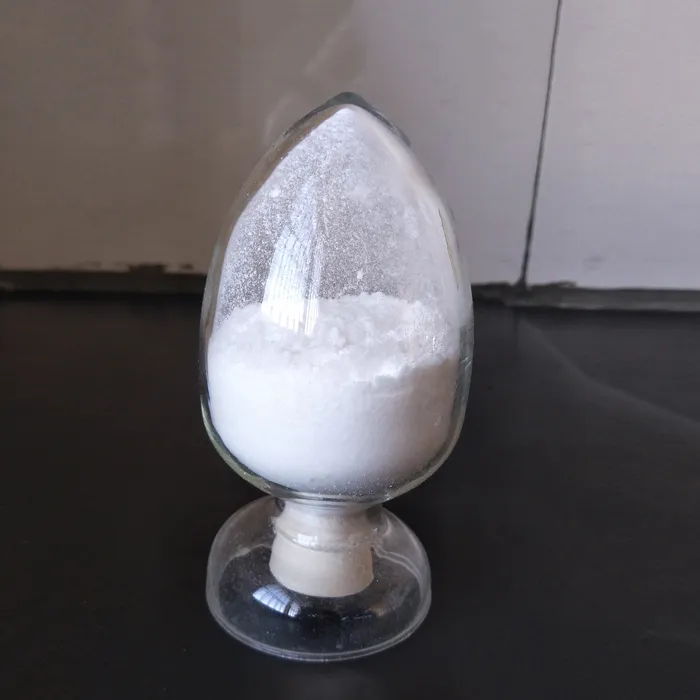Anionic Polyacrylamide Flocculant A Comprehensive Overview
Anionic polyacrylamide (APAM) is a synthetic polymer extensively used as a flocculant in various industries due to its unique chemical properties and effectiveness in wastewater treatment, sludge dewatering, and mineral processing. As the demand for efficient water management solutions rises globally, understanding the characteristics, benefits, and applications of APAM becomes increasingly important.
What is Anionic Polyacrylamide?
Anionic polyacrylamide is a water-soluble polymer made from polyacrylamide, which is polymerized in anionic form. Its chemical structure typically includes a chain of acrylamide monomers, which are supplemented with carboxylate groups, giving it a negative charge. This anionic nature enables it to interact effectively with positively charged particles, such as suspended solids in water.
Properties of Anionic Polyacrylamide
1. High molecular weight APAM has a high molecular weight, which enhances its flocculating capacity. Higher molecular weight polymers generally improve the bridging of particles, leading to more efficient floc formation.
2. Solubility It is highly soluble in water, allowing for easy application and quick dispersal in aqueous systems.
3. Charge Density The degree of anionic charge affects its performance. Different formulations of APAM are available, featuring varying charge densities to suit specific applications.
4. Temperature and pH resistance APAM exhibits stability in a wide range of temperatures and pH levels, making it versatile across diverse conditions encountered in industrial processes.
Applications of Anionic Polyacrylamide
1. Wastewater Treatment One of the primary uses of anionic polyacrylamide is in wastewater treatment. It aids in the clarification of water by aggregating suspended solids into larger flocs that can be easily removed through sedimentation or filtration. This application is crucial in municipal sewage treatment plants, where it helps in meeting environmental regulations.
2. Sludge Dewatering In wastewater treatment, sludge generated during the process is often challenging to manage due to its high water content. APAM is used to enhance the dewatering process, resulting in drier, more manageable sludge that can be disposed of or reused more effectively.
anionic polyacrylamide flocculant

3. Mining and Mineral Processing In the mining industry, APAM is utilized for the separation of minerals from ores through flotation and gravity separation methods. It improves the efficiency of these processes by enabling better recovery of desired minerals while reducing the overall consumption of water.
4. Oil Recovery In enhanced oil recovery (EOR) operations, APAM is employed to improve the mobility of oil in reservoirs. Its viscoelastic properties help in reducing the viscosity of water injected into oil wells, facilitating better oil displacement.
5. Agriculture APAM is also used in agricultural applications, primarily for improving soil structure and moisture retention. It enhances the soil's ability to absorb water, reducing erosion and promoting healthier plant growth.
Advantages of Anionic Polyacrylamide
1. Cost-Effectiveness Utilizing APAM can lead to significant cost savings in water treatment processes by enhancing the efficiency of flocculation and reducing the need for additional chemicals.
2. Environmental Compliance The use of APAM aids industries in meeting environmental regulations by providing effective treatment solutions that reduce the concentration of pollutants in wastewater.
3. Versatility The ability to tailor the properties of APAM by adjusting its molecular weight and charge density makes it suitable for a wide array of applications across different sectors.
4. Safety APAM is generally considered safe for use in various applications. Its non-toxic nature, coupled with its effective performance, makes it a preferred choice over traditional flocculants.
Challenges and Considerations
While anionic polyacrylamide offers numerous benefits, there are some considerations to keep in mind. For instance, its performance can be affected by the presence of other ions and organic matter in certain applications. Additionally, proper handling and disposal of APAM, like any chemical, are crucial to minimize potential environmental impacts.
Conclusion
Anionic polyacrylamide is a vital flocculant in various industries, bringing efficiency and sustainability to water treatment processes and mineral recovery. Its unique properties and versatile applications make it an invaluable tool in today’s efforts toward better water management and environmental protection. As industries continue to seek innovative solutions, APAM’s role is likely to grow, making it an essential focus for researchers and practitioners alike.

